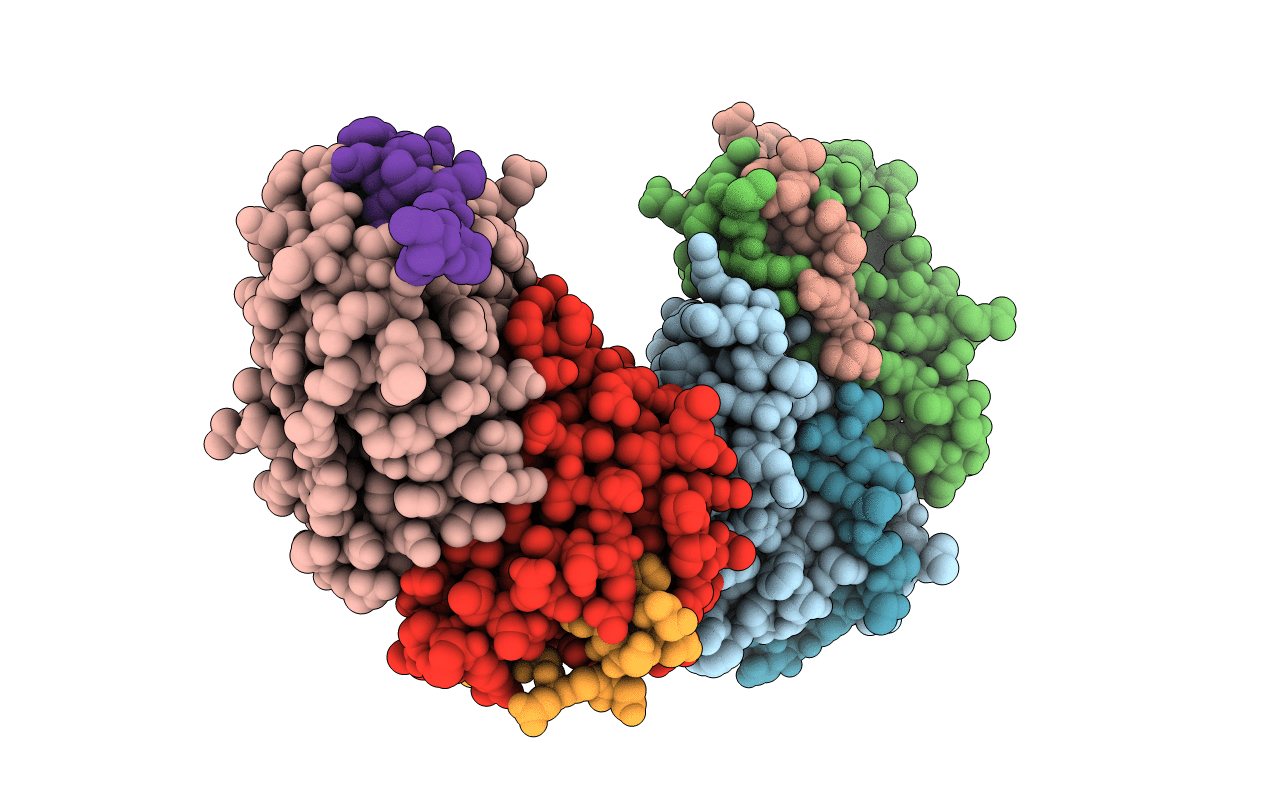
Deposition Date
2018-09-19
Release Date
2020-01-29
Last Version Date
2023-11-22
Entry Detail
PDB ID:
6IFC
Keywords:
Title:
Crystal structure of VapBC from Salmonella typhimurium
Biological Source:
Source Organism:
Host Organism:
Method Details:
Experimental Method:
Resolution:
1.99 Å
R-Value Free:
0.23
R-Value Work:
0.17
R-Value Observed:
0.17
Space Group:
P 1 21 1


